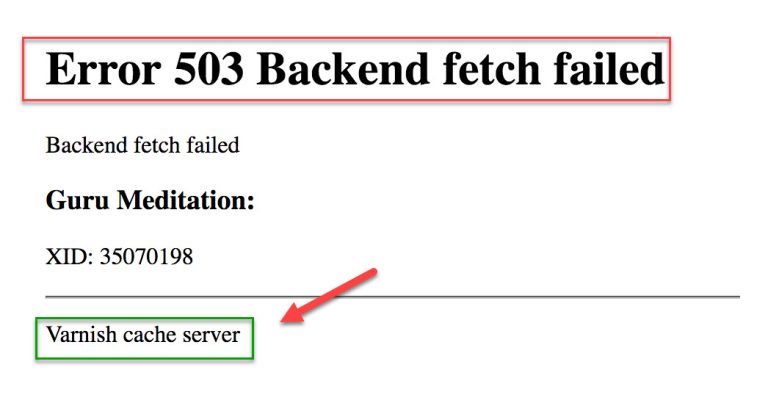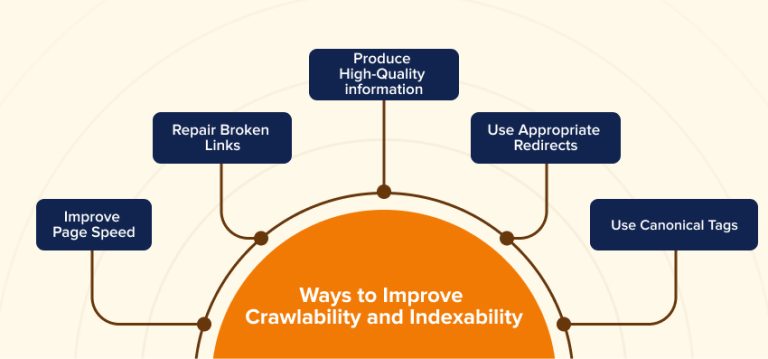The Role Of XML Sitemaps In Enhancing Website Crawlability.
XML sitemaps are crucial for enhancing website crawlability by providing search engines with a structured list of URLs to efficiently crawl and index. They ensure comprehensive crawling, improve indexing efficiency, and support large and complex sites.
This article explores the critical role of XML sitemaps, detailing how they enhance website crawlability, improve indexing efficiency, and support the SEO performance of large and complex websites.
What is XML Sitemaps?
An XML sitemap is a file that lists the URLs of your website along with additional metadata about each URL, such as when it was last updated, how often it changes, and its relative importance. This file acts as a roadmap for search engine bots, guiding them to all the significant pages on your site.
How XML Sitemaps Work
XML sitemaps provide search engines with a structured list of URLs that you want them to crawl and index. This helps search engines discover and understand the organization of your content, ensuring that all important pages are included in their index.
Discovery and Crawling
When search engines encounter an XML sitemap, they use it to discover new pages and understand the overall structure of your site. This is particularly useful for large websites, complex sites, or those with poor internal linking, as it ensures that search engine bots can find all relevant content.
Prioritization and Frequency
XML sitemaps also include metadata that helps search engines prioritize which pages to crawl first and how frequently to return for updates.
This metadata includes elements such as <priority>, <lastmod>, and <changefreq>, which provide insights into the importance and update frequency of each page.
Benefits of XML Sitemaps for Crawlability
Ensuring Comprehensive Crawling
XML sitemaps ensure that all important pages on your site are discovered by search engines. This is especially beneficial for new websites, sites with deep architectures, or those with pages that are not easily discoverable through internal linking.
Improving Indexing Efficiency
By providing a clear roadmap of your site’s structure, XML sitemaps help search engines crawl and index your content more efficiently. This leads to quicker indexing of new or updated content and ensures that all critical pages are included in search engine indexes.
Facilitating Updates
XML sitemaps help search engines understand when your content has been updated. By including the <lastmod> tag, you can inform search engines of the last modification date for each page, prompting them to re-crawl and index the updated content.
Supporting Large and Complex Sites
For large websites with thousands of pages, XML sitemaps are invaluable. They provide a clear structure for search engines to follow, ensuring that all pages, including those buried deep within the site hierarchy, are crawled and indexed.
Creating and Submitting XML Sitemaps
Generating an XML Sitemap
Creating an XML sitemap can be done using various tools and plugins. For WordPress users, plugins like Yoast SEO and Google XML Sitemaps make the process straightforward. Other tools like Screaming Frog and online sitemap generators can also help create XML sitemaps for any type of website.
Structure of an XML Sitemap
An XML sitemap file is structured using XML tags to define the URLs and their associated metadata. A basic XML sitemap might look like this:
xml
Copy code
<urlset xmlns=”http://www.sitemaps.org/schemas/sitemap/0.9″>
<url>
<loc>https://www.example.com/page1</loc>
<lastmod>2024-07-14</lastmod>
<changefreq>monthly</changefreq>
<priority>0.8</priority>
</url>
<url>
<loc>https://www.example.com/page2</loc>
<lastmod>2024-07-13</lastmod>
<changefreq>weekly</changefreq>
<priority>0.5</priority>
</url>
</urlset>
Submitting Your XML Sitemap
Once your XML sitemap is generated, it needs to be submitted to search engines. This can be done through tools like Google Search Console and Bing Webmaster Tools. Submitting your sitemap ensures that search engines are aware of its location and can use it to crawl your site more effectively.
Optimizing XML Sitemaps for SEO
Prioritizing Pages
Use the <priority> tag to indicate the relative importance of pages on your site. While search engines may not strictly follow these priorities, they can influence the crawling behavior, ensuring that more important pages are crawled first.
Keeping Sitemaps Up-to-Date
Regularly update your XML sitemap to reflect changes on your site, including new pages, deleted pages, and content updates. An outdated sitemap can mislead search engines and hinder your site’s crawlability.
Limiting Sitemap Size
XML sitemaps are limited to 50,000 URLs or 50 MB per file. If your site exceeds this limit, create multiple sitemaps and use a sitemap index file to reference them. This ensures that all your URLs are included without overwhelming search engines.
Including Only Relevant Pages
Ensure that your XML sitemap includes only the pages you want search engines to index. Exclude pages with noindex tags, low-value content, or duplicate pages to optimize the crawling and indexing process.
Common Mistakes to Avoid with XML Sitemaps
Including Noindex Pages
Including pages with a noindex directive in your XML sitemap can send mixed signals to search engines. Ensure that your sitemap includes only pages you want indexed.
Ignoring Sitemap Errors
Regularly check for and fix any errors in your XML sitemap. Use tools like Google Search Console to identify issues such as unreachable URLs or incorrect formatting.
Forgetting to Submit the Sitemap
Simply creating an XML sitemap is not enough. Make sure to submit it to major search engines to ensure they are aware of its existence and can use it to crawl your site effectively.
Case Studies: XML Sitemaps in Action
E-commerce Websites
For e-commerce sites with thousands of product pages, XML sitemaps are crucial. They ensure that all product pages are crawled and indexed, improving visibility in search results and driving more organic traffic.
Blogs and Content Sites
Content-rich sites benefit from XML sitemaps by ensuring that all posts, including older or less frequently linked content, are discovered and indexed. This helps maintain a comprehensive index of all valuable content.
Large Corporate Websites
Large corporate sites with complex structures and numerous sections use XML sitemaps to guide search engines through their content. This ensures that important pages, such as product information, press releases, and company updates, are indexed promptly.
FAQs
What is an XML sitemap?
An XML sitemap is a file that lists the URLs of your website, along with additional metadata about each URL. It helps search engines discover, crawl, and index your site’s content more efficiently.
How does an XML sitemap enhance crawlability?
XML sitemaps enhance crawlability by providing search engines with a clear roadmap of your site’s structure, ensuring that all important pages are discovered and indexed.
How do I create an XML sitemap?
You can create an XML sitemap using tools like Yoast SEO, Google XML Sitemaps, Screaming Frog, or online sitemap generators. These tools generate a sitemap file that you can then submit to search engines.
How do I submit an XML sitemap to search engines?
Submit your XML sitemap through tools like Google Search Console and Bing Webmaster Tools. These platforms allow you to inform search engines of your sitemap’s location, facilitating better crawling and indexing.
What should I include in my XML sitemap?
Include all important pages you want indexed by search engines. Avoid including pages with noindex tags, low-value content, or duplicates to optimize the crawling process.
How often should I update my XML sitemap?
Regularly update your XML sitemap to reflect changes on your site, such as new pages, deleted pages, and content updates. An up-to-date sitemap ensures that search engines are aware of the most recent changes.
Conclusion
Summary of Key Points
XML sitemaps play a vital role in enhancing website crawlability by providing search engines with a structured list of URLs to crawl and index. They ensure comprehensive crawling, improve indexing efficiency, and support large and complex sites.
Final Thoughts on XML Sitemaps
Creating and maintaining an XML sitemap is essential for optimizing your site’s SEO performance. By following best practices and regularly updating your sitemap, you can ensure that search engines can efficiently crawl and index your content, leading to better visibility and higher search rankings.


